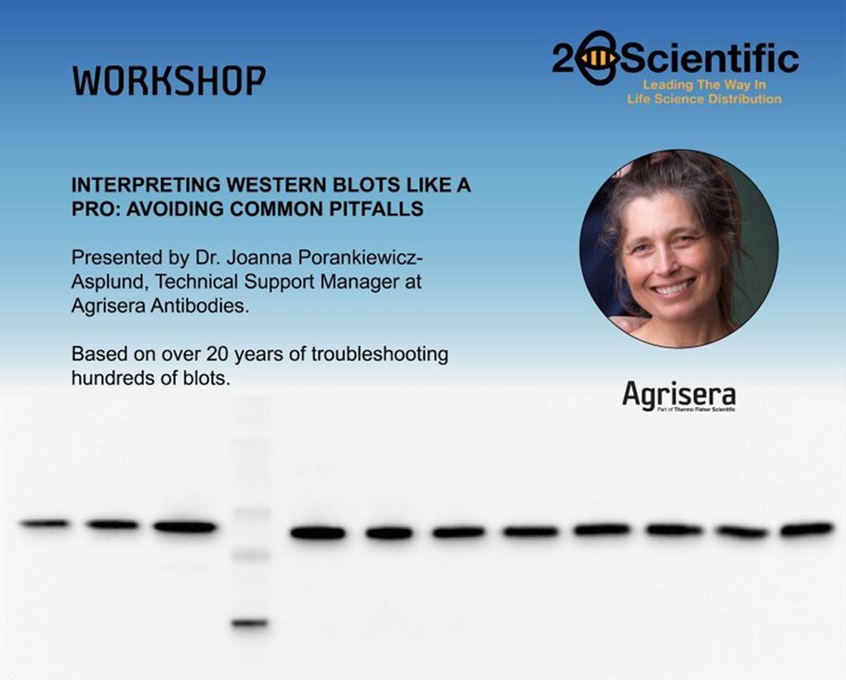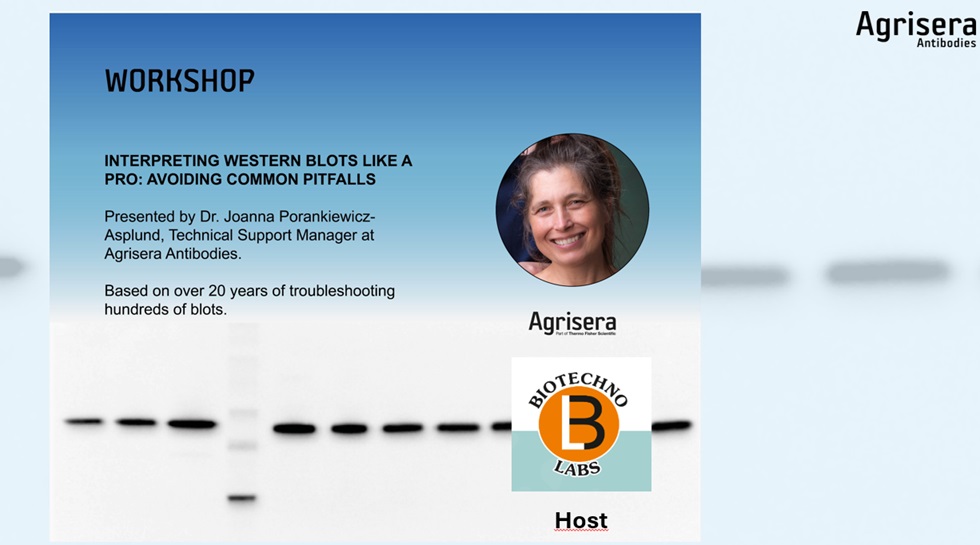Interview with Assistant Prof. Ivan Radin
Assistant Prof. Ivan Radin
- Please tell us about yourself and your research/institution.
I am an Assistant Professor at the Plant and Microbial Biology Department at the University of Minnesota. My lab is interested in how organellar mechanosensing (the ability to sense mechanical force) has evolved within the green lineage (land plants and green algae). Our current goal is to understand the function of vacuolar and chloroplastic mechanosensitive ion channels from Arabidopsis, moss Physcomitrium, and green alga Chlamydomonas.
- What motivated you to get into plant science?
Initially, it was a bit of luck. As an undergraduate student, I was looking for research opportunities when I got an opportunity to work in a plant lab. I immediately fell in love with plant biology, and since then, I have been pursuing plant research. To this day, I am fascinated by the complexity of plant cells and their ability to respond to their environment. Plants are much more complex and sophisticated than most people realize.
- How have you used (Agrisera) antibodies in your research?
I used a lot of Agrisera cellular compartment marker antibodies for Western blots during my grad school. Now in my lab, the Agrisera antibodies are the first new antibodies we bought. More specifically, we are using antibodies against fluorescent protein tags.
- Any further comments?
I very much appreciate the Agrisera practice of always testing their new products with the help of the plant research community before releasing them for sale. This significantly increases my confidence in their antibodies.
Links
• Assistant Prof. Ivan Radin
• The Radin Lab
• Agrisera antibodies to Tags
• Agrisera antibodies to Compartment markers








